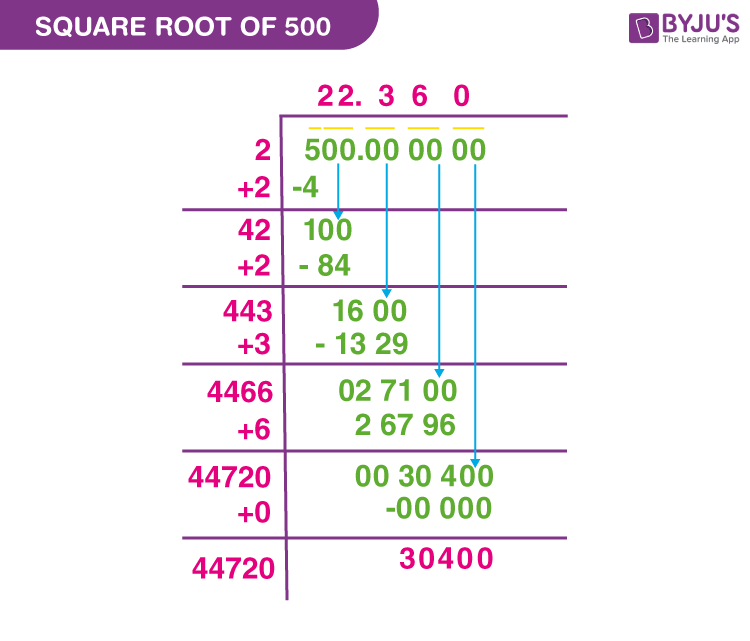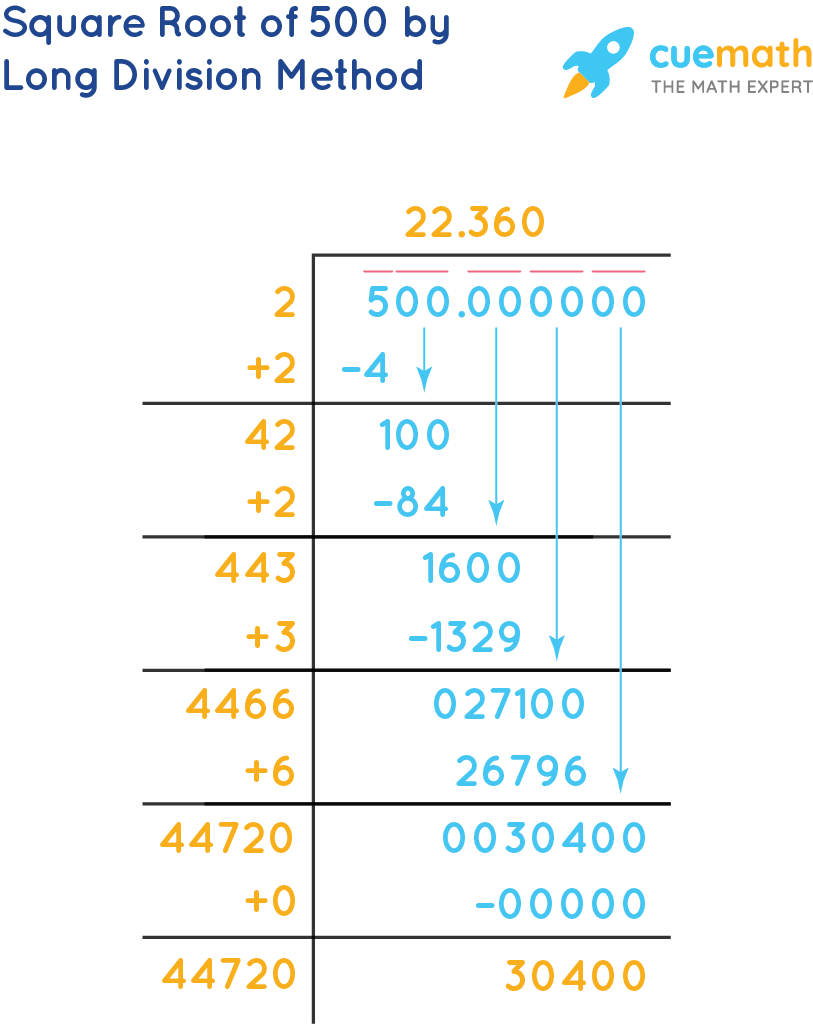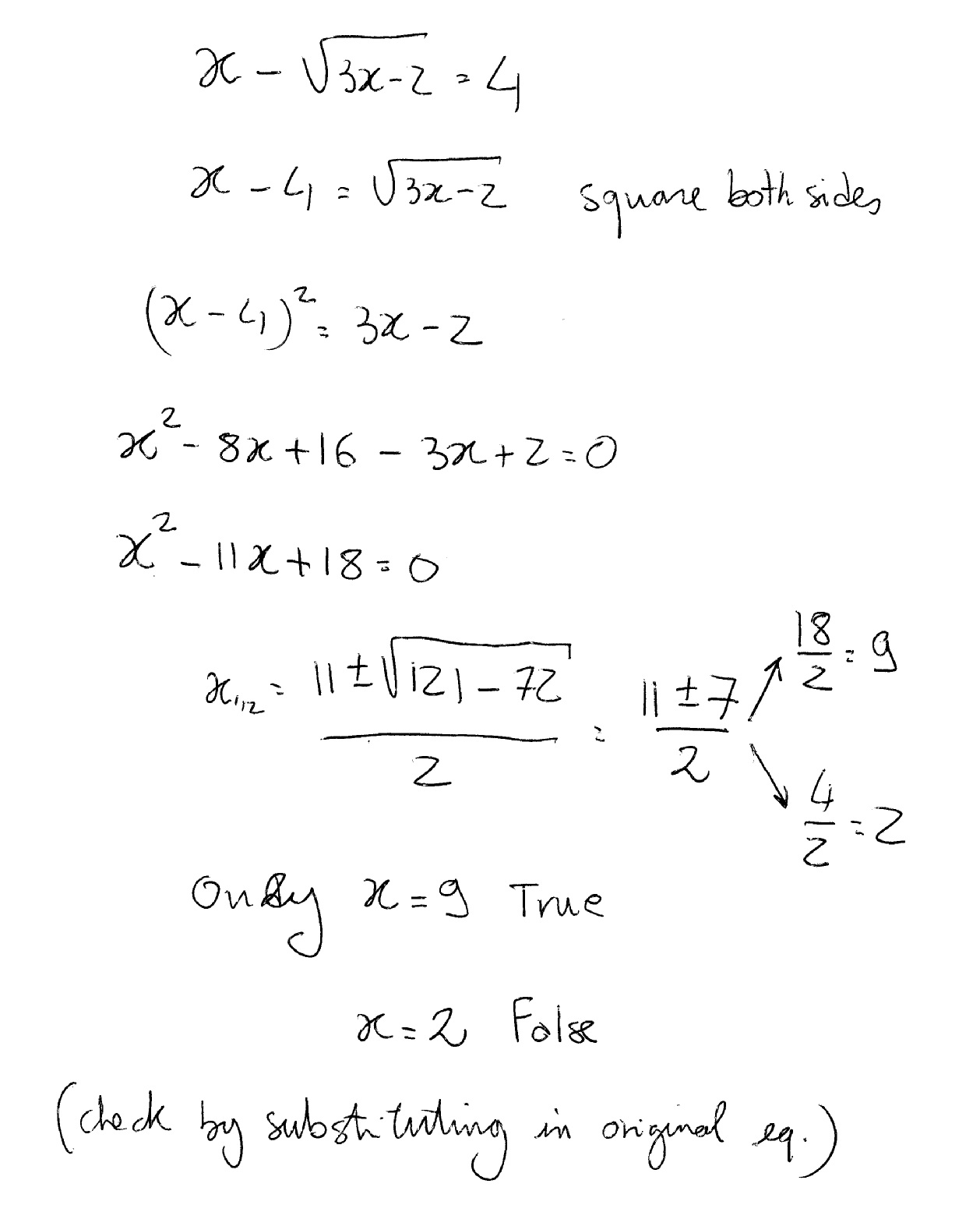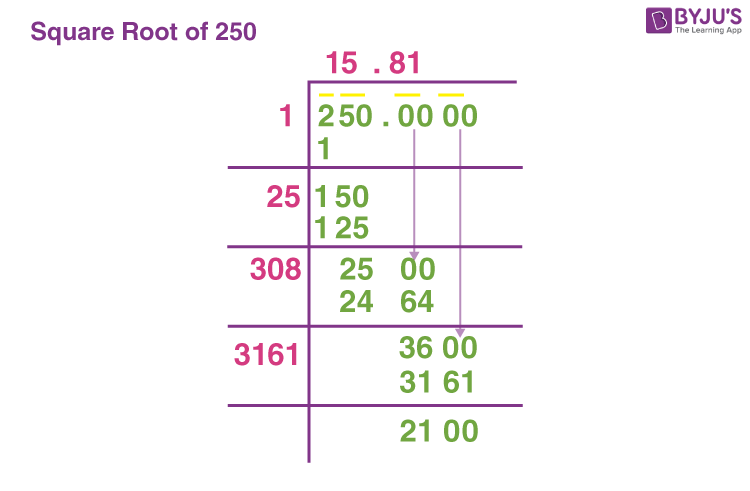Topic square root of 500: The square root of 500 is a fascinating mathematical concept that finds applications in various fields. In this article, we will explore what the square root of 500 is, how to calculate it, and its significance in both theoretical and practical scenarios. Let's dive into the world of square roots and uncover their intriguing properties.
Table of Content
Square Root of 500
The square root of 500 is a number which, when multiplied by itself, gives the product 500. This can be expressed in various forms such as radical form, decimal form, and exponential form.
Value of the Square Root of 500
The approximate value of the square root of 500 is:
- Decimal Form: 22.3607
- In simplest radical form: \( 10\sqrt{5} \)
- Exponential Form: \( 500^{1/2} \)
Calculating the Square Root of 500
The square root of 500 can be found using different methods such as the prime factorization method and the long division method.
Prime Factorization Method
Steps to find the square root of 500 using prime factorization:
- Prime factorize 500: \( 500 = 2^2 \times 5^3 \)
- Express in pairs: \( \sqrt{500} = \sqrt{2^2 \times 5^2 \times 5} \)
- Simplify: \( \sqrt{500} = \sqrt{(2 \times 5)^2 \times 5} = 10\sqrt{5} \)
- Approximate value: \( 10 \times 2.236 = 22.3607 \)
Long Division Method
Steps to find the square root of 500 using the long division method:
- Pair the digits of 500 starting from the decimal point: 500.000000
- Find the largest number whose square is less than or equal to 500.
- Continue the process using division and averaging methods until the desired precision is achieved.
Properties of the Square Root of 500
- 500 is not a perfect square, hence its square root is an irrational number.
- The square root of 500 is approximately equal to 22.3607.
Frequently Asked Questions
Is 500 a perfect square?
No, 500 is not a perfect square because its square root is not an integer.
What is the square root of 500 in simplest radical form?
The simplest radical form of the square root of 500 is \( 10\sqrt{5} \).
Is the square root of 500 a rational number?
No, the square root of 500 is an irrational number because it cannot be expressed as a fraction.
How is the square root of 500 represented in exponential form?
The square root of 500 in exponential form is \( 500^{1/2} \).
Table of nth Roots of 500
| Index (n) | Value |
|---|---|
| 2 | \( 22.3607 \) |
| 3 | \( 7.9370 \) |
| 4 | \( 4.7287 \) |
| 5 | \( 3.4657 \) |
| 6 | \( 2.8173 \) |

READ MORE:
Definition
The square root of 500, represented as √500, is the number that, when multiplied by itself, equals 500. In mathematical terms, if q is the square root of 500, then q² = 500. The square root of 500 can also be expressed in its exponential form as 500½ or 5000.5.
Since 500 is not a perfect square, the square root of 500 is an irrational number, meaning it cannot be expressed as a simple fraction. However, it can be simplified using prime factorization:
- Prime factorization of 500: 22 × 53
- Expressing the square root in radical form: √500 = √(22 × 53) = 10√5
The approximate value of √500 is 22.3607.
To calculate the square root of 500 using the long division method:
- Pair the digits of 500 from right to left, resulting in 5 00.
- Find the largest number whose square is less than or equal to 5. This is 2, since 2² = 4.
- Subtract 4 from 5, bringing down the next pair of zeros, making the new dividend 100.
- Double the quotient (2) to get 4. Find a number such that (40 + new number) × new number is less than or equal to 100. The new number is 2, as (40 + 2) × 2 = 84.
- Subtract 84 from 100, bringing down the next pair of zeros to continue the division process.
- Repeat the process until the desired precision is achieved.
The result is that the square root of 500 is approximately 22.3607.
Value
The square root of 500, represented as \( \sqrt{500} \), is approximately equal to 22.3607. This value is derived from finding the number which, when multiplied by itself, equals 500. For practical purposes, this can be expressed as:
\[ \sqrt{500} \approx 22.3607 \]
Here is a step-by-step breakdown of how to determine the square root of 500:
- First, recognize that 500 is not a perfect square, so its square root will be an irrational number.
- Using the prime factorization method, we can express 500 as \( 2^2 \times 5^3 \).
- Simplify the expression under the square root: \( \sqrt{500} = \sqrt{2^2 \times 5^3} = 10\sqrt{5} \).
- Since \( \sqrt{5} \) is approximately 2.236, multiplying this by 10 gives us 22.36, which can be rounded to 22.3607 for more precision.
Therefore, the value of the square root of 500 in its simplest radical form is \( 10\sqrt{5} \), and in decimal form, it is approximately 22.3607.
Radical Form
The square root of 500 in its simplest radical form is represented as √500. To express this in radical form, we first need to determine its prime factorization.
Let's break down 500 into its prime factors:
- 500 = 2 × 250
- 250 = 2 × 125
- 125 = 5 × 25
- 25 = 5 × 5
Therefore, the prime factorization of 500 is:
500 = 22 × 53
To simplify the square root, we pair the prime factors:
√500 = √(22 × 53)
We can take out pairs of prime factors from under the square root:
√500 = √(22) × √(52 × 5)
This simplifies to:
√500 = 2 × 5√5
Thus, the square root of 500 in radical form is:
√500 = 10√5
Methods of Calculation
There are several methods to calculate the square root of 500. Here are the most common methods:
- Prime Factorization Method
- Long Division Method
- Start with 500 and pair the digits from right to left, adding decimal places as necessary.
- Find a number that when squared is less than or equal to 500. This number is 22.
- Subtract 22 squared (484) from 500, giving a remainder of 16.
- Bring down pairs of zeros and repeat the division process until the desired precision is achieved.
- Newton's Method (Iterative)
- First iteration: \(x_1 = \frac{1}{2} \left( 10 + \frac{500}{10} \right) = 25\)
- Second iteration: \(x_2 = \frac{1}{2} \left( 25 + \frac{500}{25} \right) = 23\)
- Continue until the value stabilizes around 22.36.
- Using a Calculator
In this method, we factorize 500 into its prime factors:
\(500 = 2^2 \times 5^3\)
To find the square root, we pair the prime factors:
\(\sqrt{500} = \sqrt{(2 \times 2) \times (5 \times 5) \times 5} = 10 \sqrt{5} \approx 22.36\)
This method involves the following steps:
The result is approximately 22.36067.
This is an iterative method starting with an initial guess:
\(x_{n+1} = \frac{1}{2} \left( x_n + \frac{500}{x_n} \right)\)
Starting with \(x_0 = 10\), we iterate to refine the value:
For quick and accurate results, a calculator can be used to find the square root of 500 directly.
Each of these methods provides a way to calculate the square root of 500, with varying levels of complexity and precision.

Perfect Square
A perfect square is a number that can be expressed as the product of an integer with itself. For instance, numbers like 1, 4, 9, 16, and 25 are perfect squares because they can be written as 1^2, 2^2, 3^2, 4^2, and 5^2, respectively.
To determine if 500 is a perfect square, we follow these steps:
- Find the prime factorization of 500: \(500 = 2^2 \times 5^3\).
- Check the exponents of all prime factors in the factorization. If all the exponents are even, the number is a perfect square.
- In the factorization of 500, the exponent of 2 is 2 (which is even), but the exponent of 5 is 3 (which is odd).
Since the exponent of 5 is odd, 500 is not a perfect square.
Thus, we can conclude that:
- 500 is not a perfect square because its prime factorization does not have all even exponents.
- Its square root, approximately 22.3607, is not an integer, further confirming that 500 is not a perfect square.
Here's a summary in a table format:
| Number | Prime Factorization | Perfect Square |
|---|---|---|
| 500 | 2^2 * 5^3 | No |
| Example: 16 | 2^4 | Yes |
| Example: 25 | 5^2 | Yes |
Rational or Irrational
The square root of 500 is an irrational number because it cannot be expressed as a simple fraction. In decimal form, it is approximately 22.3607, where the digits continue indefinitely without repeating.
Decimal Representation
The square root of 500 as a decimal is approximately 22.3607. It is a non-terminating, non-repeating decimal, meaning its digits continue infinitely without settling into a pattern.
Exponent Form
The square root of 500 can be expressed with an exponent as \( 500^{1/2} \).

Applications
The concept of square roots, including the square root of 500, is fundamental in various mathematical applications such as:
- Calculating areas of squares and circles where the side length or radius is related to the square root.
- Solving quadratic equations, where square roots often appear as part of the solutions.
- Estimating distances in geometric problems that involve Pythagorean theorem or distance formulas.
- In finance, for calculating interest rates compounded periodically.
Giản đồ căn bậc hai của 500 || Căn bậc hai của 500. Xem video để học cách giản đồ căn bậc hai của số 500 một cách đơn giản và hiệu quả.
Simplify square root of 500 || Root 500
READ MORE:
Hướng dẫn cách tìm căn bậc hai của số 500. Xem video để biết cách tính toán căn bậc hai của 500 một cách dễ dàng và chính xác.
Cách tìm căn bậc hai của 500












